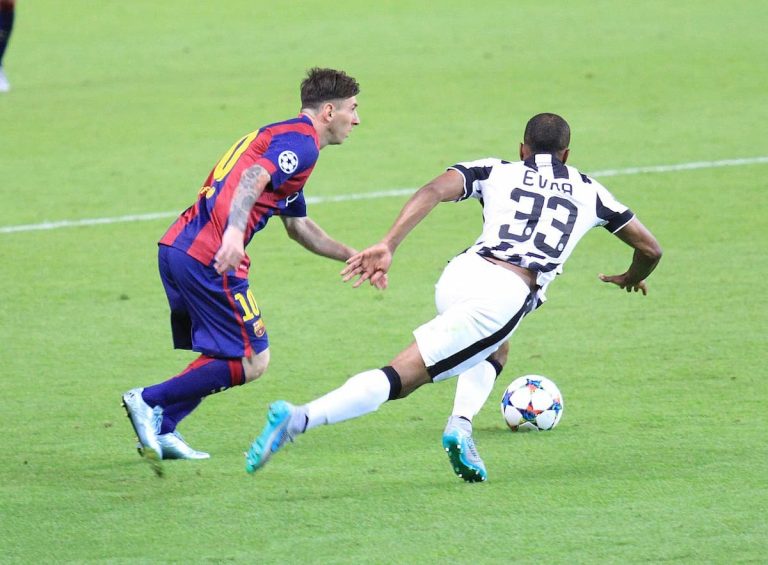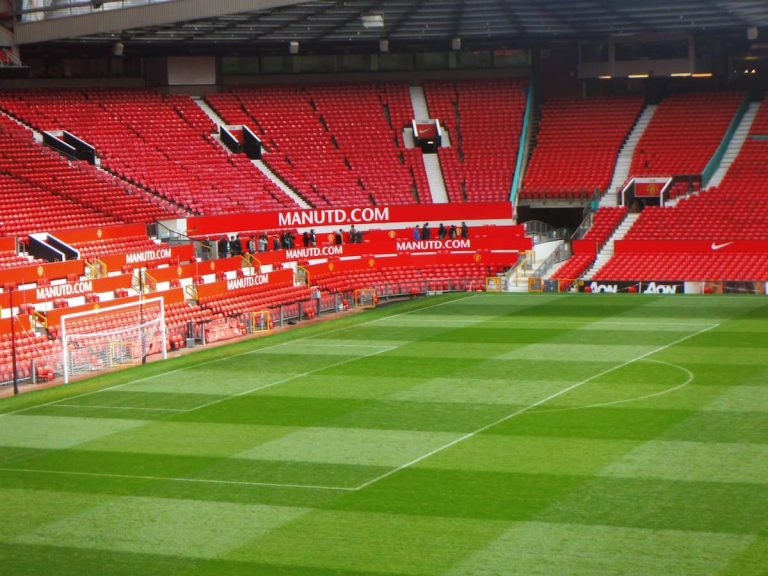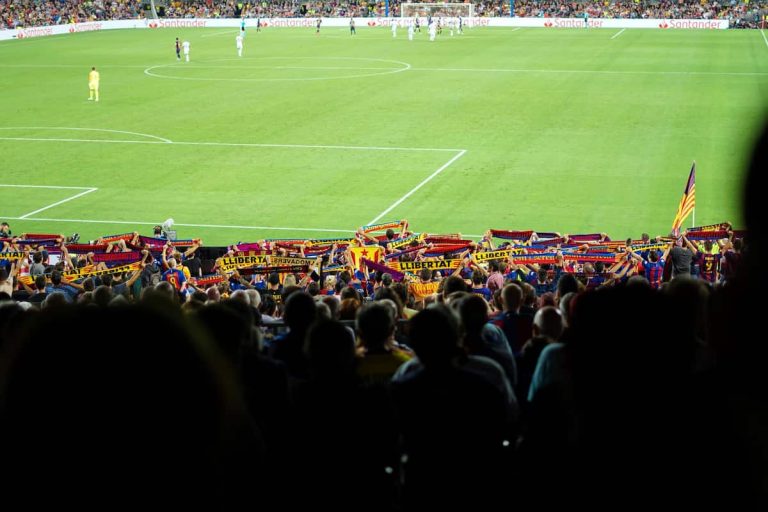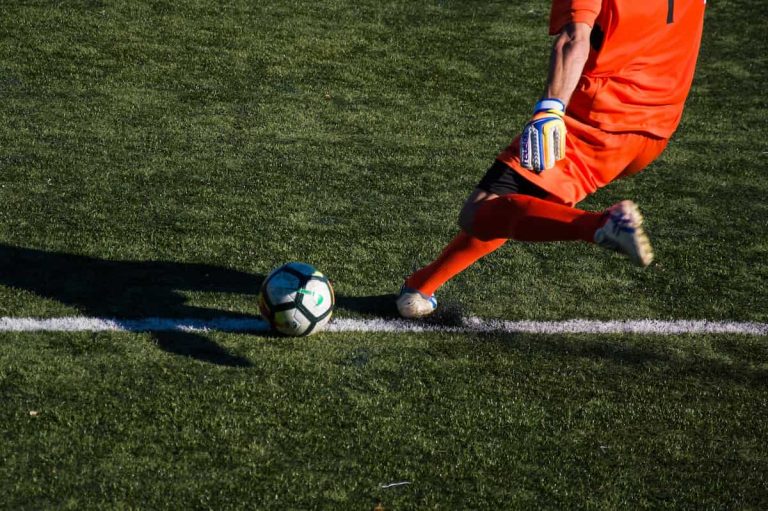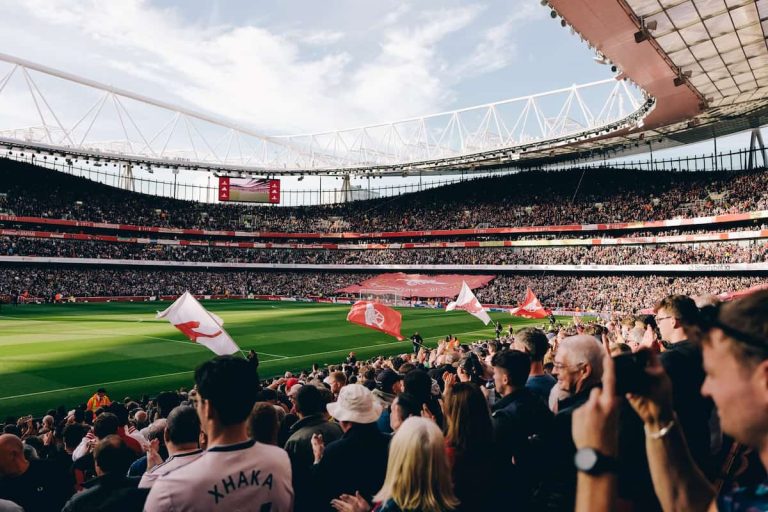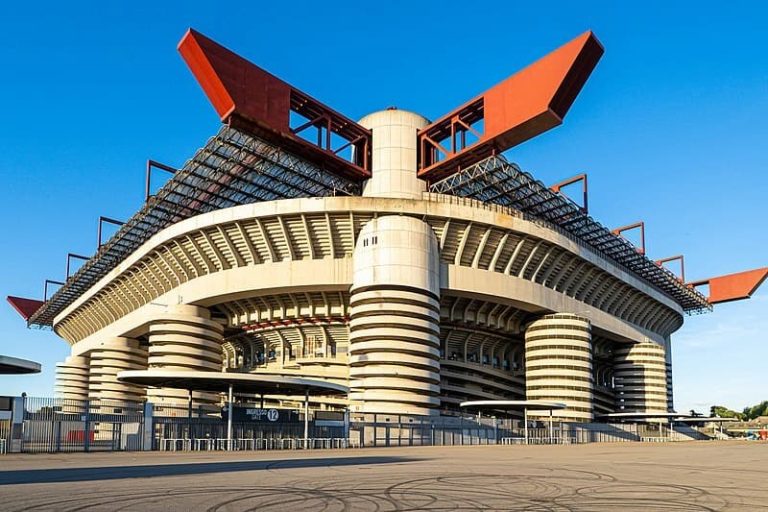How Do Football Teams Decide Which Kit to Wear?
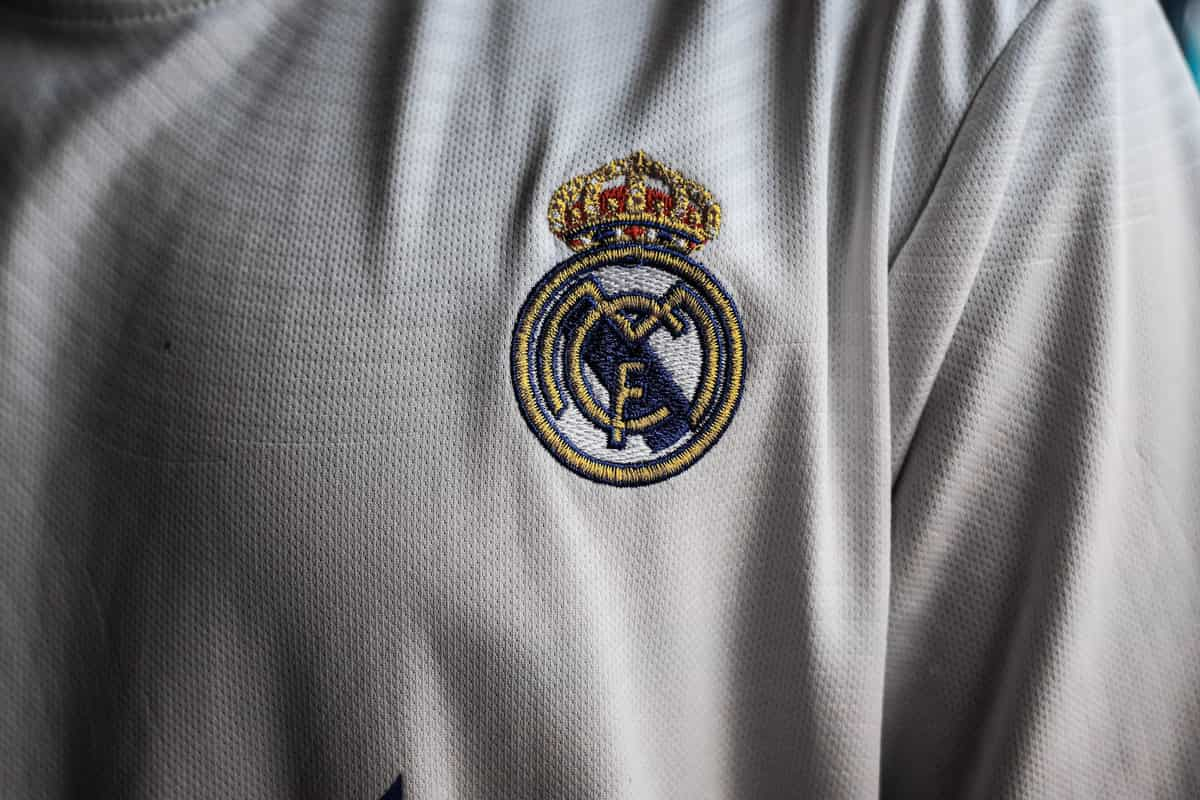
If you’ve ever found yourself watching a football match wondering how football teams decide which kit to wear, you’ve come to the right place. It’s a decision-making process in football that not many people know about without looking into the topic a bit deeper. This Elastico article aims to answer this question in full.
So, how do football teams decide which kit to wear? Football clubs are required to have three playing kits for each season – a home, away and third kit. Clubs don’t design the kits themselves, instead their main kit sponsor is responsible for doing this.
There is a process behind deciding which kit is worn for different games and there are a few factors that affect this – different competitions, whether the match is home, away or at a neutral venue, concerns of the match officials and more.
Table of Contents
Competition Rules
Initially, we should discuss competition rules. Each competition, whether it is a league, or tournament, has its own set of rules. We’re going to use the Premier League’s rules in this example.
The official Premier League rules state “When playing in league matches, the players of each participating club shall wear the strip which is of a sufficient contrast that match officials, spectators and television viewers will be able to distinguish clearly between the two teams.”
Furthermore, the Premier League handbook outlines four priorities when deciding which kit should be worn for each match:
M.22.1. 1st priority: the outfield players of the home club, who shall wear their home strip;
M.22.2. 2nd priority: the outfield players of the visiting club;
M.22.3. 3rd priority: the home club goalkeeper;
M.22.4. 4th priority: the visiting club goalkeeper.
Understanding these rules can help us understand how football teams decide which kit to wear.
Concerns of the Officials
Another consideration, when understanding how football teams decide which kit to wear, is the concerns of the match day officials. The officiating team consists of a referee, two linesmen, a fourth official and a team of VAR officials.
A big concern for the officials is kit clashes between shorts and socks. The reason for this, is when it comes to making an offside decision, if both teams are wearing similar coloured shorts and socks, the decision will be difficult to make.
The more contrast between both team’s shorts and socks, the easier it becomes to make offside decisions. As the priority lies with the home side, they would not be expected to wear alternative shorts, even if it helps the away team wear their home kit. This is not unheard of, though, and has happened before.
Which Football Kit Is Worn by Home Teams?
Football teams will wear their home kit for all home matches during a season. The colours of a team’s home kit have usually been the same for decades and form an integral part of the club’s culture and branding. Some teams have nicknames or songs to reflect this, one example is Nottingham Forest, who are referred to as ‘The Reds’ by their supporters, due to their iconic red home shirts over the years.
However, there have been some rare occasions when teams haven’t worn their home kit when playing at home. One example is when Atlético Madrid played Barcelona in the quarter-finals of the Champions League in 2016.
For both legs, UEFA requested that both teams wore their away kits. They did this because they wanted the best visibility and differentiation of kits to help spectators and officials view and officiate the game.
Which Football Kit Is Worn by Away Teams?
When a team plays an away fixture (i.e. in an opponent’s football ground), a decision needs to be made whether they wear their home, away or alternate kit. So, how do football teams decide which kit to wear for away games? Here are some scenarios:
- If both team’s home kits are a similar colour, the away team will be asked to wear their away kit.
- In cases where the colour schemes of both the home and away kits of the travelling team is similar to the home team’s home kit, the away team will wear their alternate kit instead.
When Do Football Teams Wear Their Alternate Kit?
When deciding which kit to wear for matches, there are times when football teams have to consider their alternate kit. As well as a home and away kit, football teams have an alternate kit, often referred to as their third kit.
A scenario when a football team is required to wear their alternate kit is if an away team’s second kit is the same colour as the home team’s home kit. This would ideally be different to both the opposition team’s home and away strip.
Kit Clashing Examples
Over the years, there have been some rare occasions where teams have had some issues around clashing kits.
Southampton v Manchester United (1996)
Manchester United were well on their way to the Premier League title before an away fixture against Southampton at The Dell stadium. United found themselves 3-0 down at half-time, and an angry Sir Alex Ferguson was blaming the grey kit the players were wearing for this. He claimed that the players were finding it difficult to see the grey shirts in the blazing sunshine.
His first words at half-time were “Get that kit off, you’re getting changed” according to United player Lee Sharpe. They subsequently changed into their blue and white second away kit and headed out for the second half, much to the bemusement of the crowd.
United lost the game 3-1 with a late consolation being scored by Ryan Giggs. United didn’t wear the grey kit again and managed to clinch the title.
Coventry v Chelsea (1997)
Another example of kit clashing is when Coventry City hosted Chelsea at Highfield Road in 1997. The plan was for Chelsea to play in their away kit, as their iconic blue home strip would clash with Coventry’s light blue home kit.
The referee decided that Chelsea’s yellow and blue away strip would also clash with Coventry’s home kit, so they had to work out how to resolve the issue. He delayed the game by 15 minutes and the outcome was that Chelsea would wear Coventry’s red and black away kit because they didn’t bring their third kit with them!
This was incredibly strange for fans to witness, and there are lots of iconic photos of players such as Gianfranco Zola wearing a Coventry shirt that day. Chelsea lost the fixture 3-1 and learned a harsh lesson that day – that they should always bring their alternate kit to matches.

